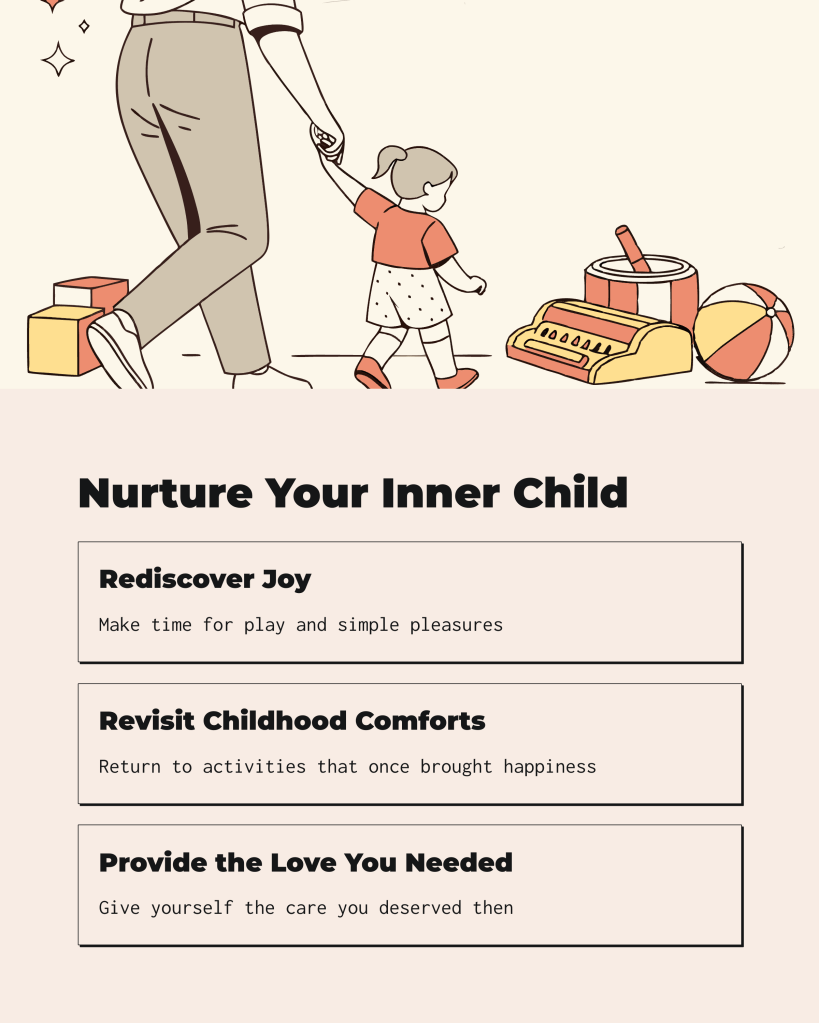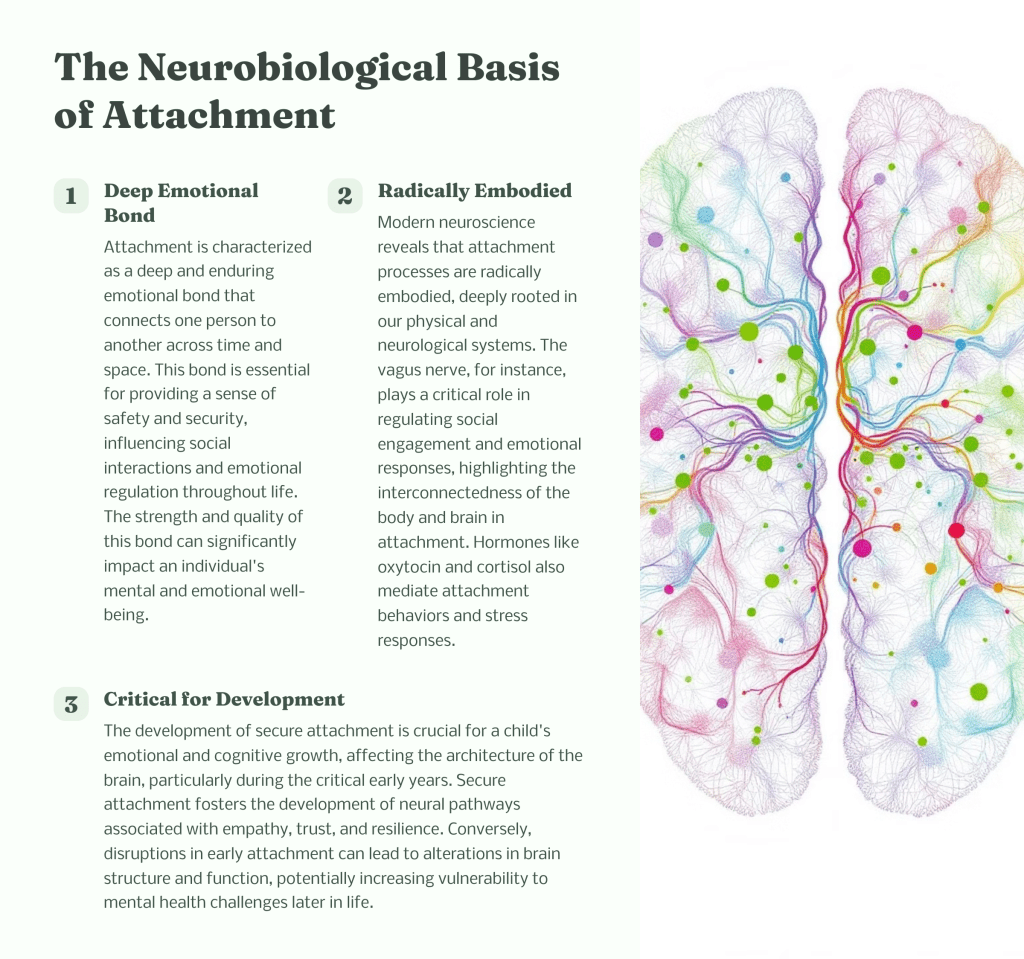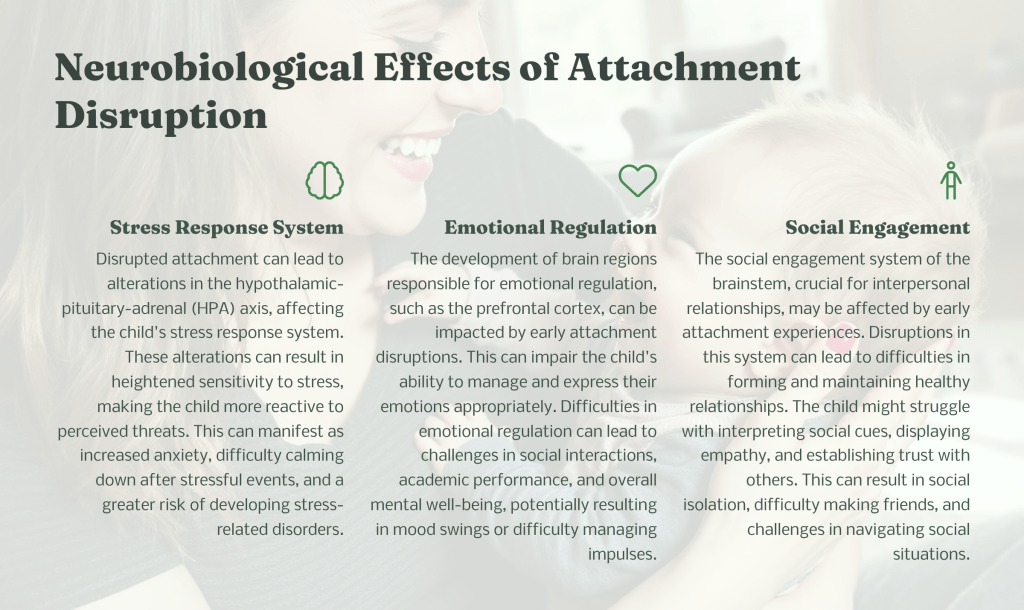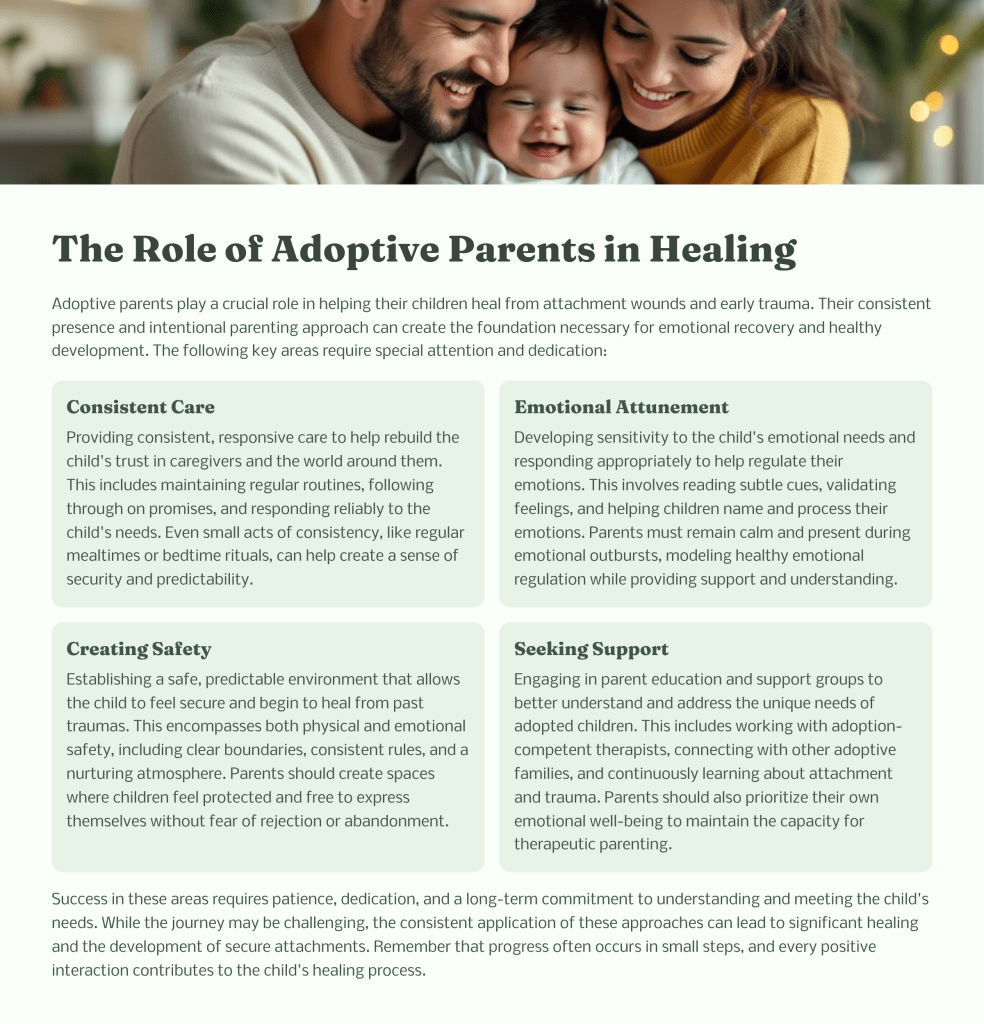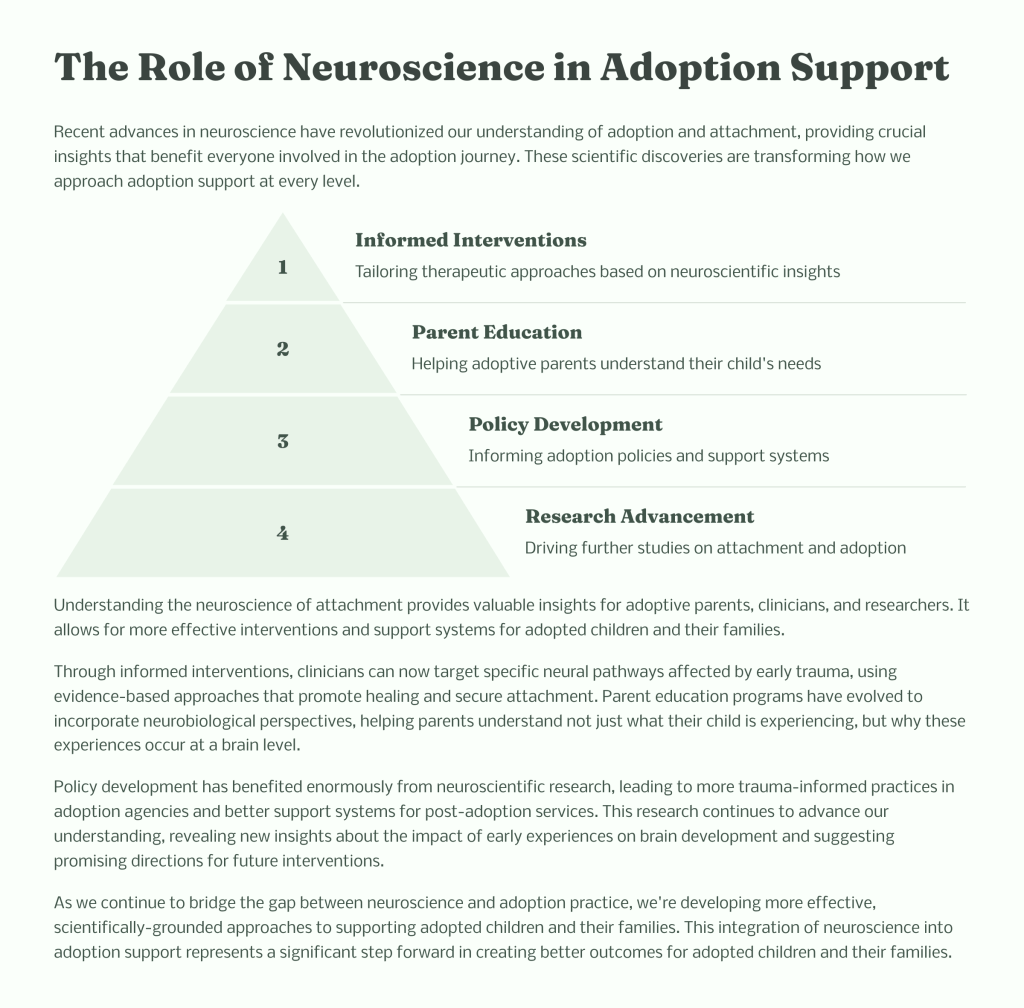Sarah nervously fidgeted with her necklace as she waited in the airport terminal. It had been five years since she’d seen her younger brother, Jake. Separated by adoption when Sarah was 10 and Jake was 6, the siblings were about to reunite for the first time since that difficult day.
“I was so scared he wouldn’t remember me,” Sarah recalled. “But as soon as I saw him, it was like no time had passed. We just hugged and cried.”
Stories like Sarah and Jake’s are too familiar in adoption. While keeping siblings together is often the goal, it’s not always possible. Maintaining these vital connections is challenging, but so are the rewards.
Dr. David Brodzinsky, a leading expert in adoption psychology, emphasizes the importance of sibling relationships: “Sibling bonds are often the longest-lasting family ties we have. For adopted children, these connections can be a crucial link to their past and a source of stability in their present.”
Indeed, research has shown that maintaining sibling relationships can have profound benefits for adopted children. These connections can provide emotional support, a sense of identity, and a link to a shared history.
However, maintaining these relationships is often fraught with obstacles. Geographic distance, the differing needs of individual children, and complex family dynamics can all pose challenges.
Mary, an adoptive mother of three siblings, shared her experience: “We knew it was important to keep the kids together, but it wasn’t easy. They each had such different needs. There were times I wondered if we’d made the right choice.”
Despite the difficulties, Mary and her husband persevered. They sought professional help, established routines that gave each child individual attention, and worked tirelessly to foster a sense of family unity.
“It was worth every struggle,” Mary said. “Watching them support each other, seeing their bond grow stronger – it’s been the most rewarding part of our adoption journey.”
For families who aren’t able to adopt sibling groups together, maintaining connections requires creativity and commitment. Regular video calls, shared online photo albums, and planned visits can all help bridge the gap.
Tom, a social worker specializing in adoption, offers this advice: “Communication is key. Be open with your children about their siblings, encourage questions, and proactively facilitate contact when possible.”
He adds, “It’s also important to be sensitive to the complex emotions that can arise. Feelings of guilt, loss, or confusion are common. Providing a safe space for children to express these feelings is crucial.”
As the adoption community continues to recognize the importance of sibling relationships, more resources and support are becoming available. Many agencies now offer specialized training for families adopting sibling groups or those working to maintain connections with siblings placed separately.
Sarah, now 25, reflects on her journey: “It hasn’t always been easy, but I’m so grateful we’ve been able to stay in each other’s lives. Jake is more than just my brother – he’s a link to my past and an important part of my future.”
As we continue to navigate the complexities of adoption, one thing remains clear: the sibling bond is a powerful force. By recognizing its importance and working to nurture these relationships, we can help adopted children maintain vital connections to their roots while building strong, loving families for the future.
Here are some valuable resources for adoptive parents looking to deepen their understanding of sibling relationships and the adoption process:
Websites and Organizations
- Adoption Support Alliance
A comprehensive resource with various topics related to adoption, including sibling dynamics. They provide links to books, blogs, and organizations to help navigate the adoption journey.
Adoption Support Alliance Resources [1]
- Creating a Family
This nonprofit organization offers unbiased education and support for families dealing with infertility or adoption. Their website includes a wealth of resources on post-adoption parenting and sibling relationships.
Creating a Family Resources [2]
- Utah’s Adoption Connection
A resource database tailored for adoptive families, offering information on various topics, including mental health services, educational support, and support groups.
Utah’s Adoption Connection Resources [3]
- Purl Adoption
This organization provides resources and education for adoptive parents, focusing on how to talk to children about adoption and navigate the complexities of their feelings.
Purl Adoption Resources [4]
Recommended Books
- “20 Things Adoptive Parents Need to Succeed” by Sherrie Eldridge
A practical guide offering insights and advice for adoptive parents.
- “The Connected Child” by Karyn B. Purvis and David R. Cross
Focuses on strategies for nurturing and connecting with adopted children.
- “Raising Adopted Children: Practical Reassuring Advice for Every Adopted Parent” by Lois Ruskai Melina
Offers practical parenting advice to adopted children, including those with siblings.
- “The Body Keeps the Score” by Bessel Van Der Kolk, M.D.
Explores the impact of trauma on children, including those in the adoption process.
- “Adoption Nation” by Adam Pertman
Discusses the evolution of adoption and its implications for families and society.
Support Groups and Community Resources
- Support Groups: Many adoptive families find comfort and support in connecting with others with similar experiences. Look for local or online support groups focused on adoption.
- Counseling Services: Consider seeking out adoption-competent therapists who specialize in the unique challenges faced by adopted children and their families.
By utilizing these resources, adoptive parents can gain deeper insights into sibling relationships and the broader adoption process, fostering a more supportive environment for their children.
Citations:
[1] https://www.adoptionsupportalliance.org/resources
[2] https://creatingafamily.org/adoption/resources/
[3] https://www.utahadopt.org/resources
[4] https://www.purladoptions.com/learn/adoption-advisor/resources-for-talking-to-your-child-about-adoption/
[5] https://www.utahadopt.org/support-resources
[6] https://www.adoptuskids.org/adoption-and-foster-care/parenting-support/for-adoptive-parents
[7] https://www.creatingafamilyed.org/courses/preparing-children-already-in-the-home-for-adoption
[8] https://adoptioncouncil.org/publications/adoption-advocate-no-147/




